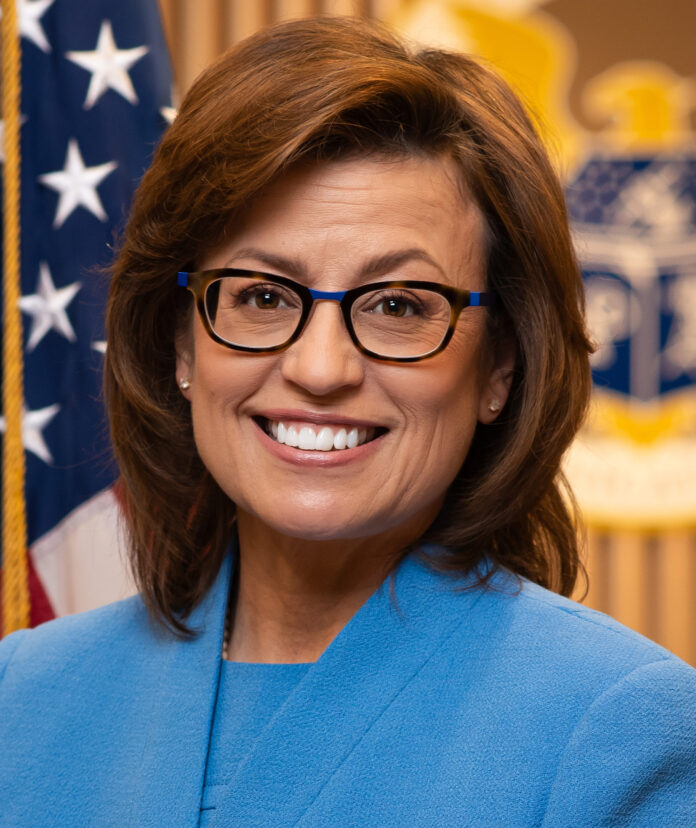The Chief Legal Officer and EVP/Legal and Regulatory Affairs of the NAB, along with its President/CEO, spent October 3 meeting with the newest Commissioner on the FCC and two staff members to discuss their biggest concern as it pertains to a Multichannel Video Programming Distribution (MVPD) services docket first opened nearly a decade ago.
In short, Rick Kaplan and Curtis LeGeyt believe ” it is critical the Commission study the impact video streaming has had on local television broadcasting.” And, regulating virtual MVPDs such as YouTube TV like a MVPD such as Comcast or Charter is their suggestion.
Kaplan and LeGeyt held an in-person discussion about virtual MVPD regulatory possibilities with Anna G. Gómez and her Chief of Staff, Deena Shelter, as well as with Policy Advisor Harsha Mudaliar.
In the meeting, Kaplan and LeGeyt stressed that “it is impossible to understand the demands local stations face without coming to grips with the sea change wrought by
streaming.”
As they see it, the FCC’s rules were designed “for a different world.” Thus, they believe, “if the agency is truly committed to ensuring local service to communities across the nation, then it must examine the interplay between local broadcasting, the dramatic rise of streaming, and the unregulated Big Tech behemoths that have shattered the economics underpinning local journalism.”
Going to Gómez makes sense should the NAB want more regulation from the government agency. For Republican Commissioners Nate Simington and Brendan Carr, a “light-touch” approach to regulating MVPDs and vMVPDs, extending philosophies from the Pai Commission of the Trump Administration, could be the preferred approach to dealing with “Big Tech.”
Perhaps it is the Republican opposition to increased regulation of American business by the federal government that has yielded surprise from Kaplan and LeGeyt that the Commission “has not demonstrated greater curiosity about the impact of streaming.”
In an ex parte filing outlining the details of their meeting with Gómez, Kaplan writes, “While broadcasters have filed comments in docket after docket on issues such as foreign government sponsorship identification, cyber security plans, disaster reporting, proposed rules on generative AI disclosures in political ads, public reporting of station-by-station workforce demographics, retransmission consent impasse reporting, and more, we are left waiting for the Commission to address the one issue that is so forcefully impacting the ability of broadcasters to serve their local communities.”
What is that one issue in the eyes of the NAB’s two key figures inside the Beltway? Modernizing the definition of multichannel video programming distributor (MVPD)
to include virtual MVPDs. “Why, with all of the obvious shifts in the marketplace, has the
Commission refrained from considering how these changes are impacting service to local
communities?”
Making the argument that “many Members of Congress” agree the Commission should be examining this, Kaplan concludes, “[E]ven if the Commission has made a 180-degree turn and is now unsure about the authority it tentatively concluded it possessed to include virtual MVPDs within the definition of ‘MVPD,’ why not still inquire about the marketplace even to report its findings to Congress? This was the very rationale for the Commission’s reinstatement of its Equal Employment Opportunity Form 395-B earlier this year after a decades-long hiatus … [the] NAB is ready to work with the Commission to help it gain a better understanding of the current marketplace. That will require the FCC to seek additional comment from parties in light of the intervening decade since it last sought public input on the issue of virtual MVPDs. The Commission should not fear information and differing viewpoints; rather, it should welcome them.”




